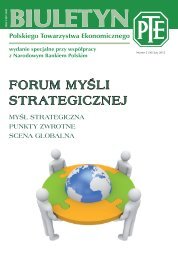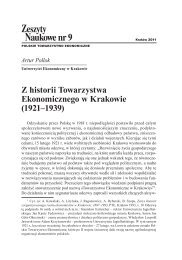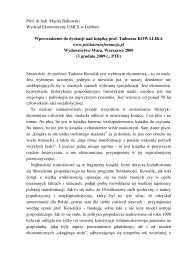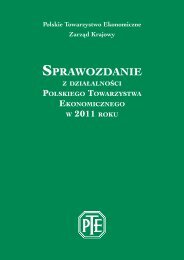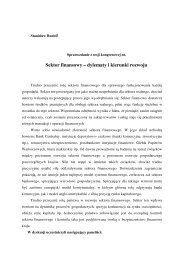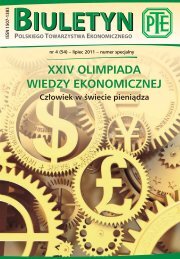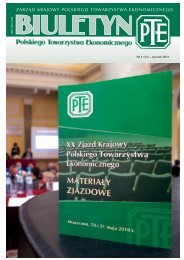NESTA PROJECT: FINE ARTSITS AND INNOVATION
NESTA PROJECT: FINE ARTSITS AND INNOVATION
NESTA PROJECT: FINE ARTSITS AND INNOVATION
Create successful ePaper yourself
Turn your PDF publications into a flip-book with our unique Google optimized e-Paper software.
extremely flexible and volatile (Benhamou, 2003). Most<br />
cultural product life-cycles tend to be short, while creative<br />
industries exhibit intensive user-producer interaction. The<br />
importance of entrepreneurship in these sectors (Oakley and<br />
Leadbeater, 2000) and the impact of rapid technological<br />
change on the industrial structure of sub-sectors such as the<br />
music industry (Hesmondhalgh, 2002) have attracted both<br />
academic and policymakers’ attention.<br />
As Ruth Towse argues (2001), typical features of artistic labour<br />
markets – casualisation, self-employment, the project-based<br />
company – are becoming more widespread in the economy<br />
as a whole. This justifies renewed attention to the<br />
organisation of work within the cultural and creative sectors.<br />
In addition, artistic labour markets appear to display some<br />
marked differences from traditional labour markets – in<br />
particular, they do not conform to human capital models<br />
which justify investment in training and learning in terms of<br />
higher earnings (Towse, 2001).<br />
Throsby’s work (1992) suggests that earnings for artists do not<br />
necessarily rise in line with formal training, nor with years of<br />
experience; 'experienced’ cultural producers do not<br />
necessarily earn more than their younger counterparts.<br />
Despite this, as Towse notes, artists are not deterred from<br />
undertaking formal training and education, not least<br />
because training in the arts equips them for work in other<br />
occupations, without any notable earnings penalty.<br />
However, the willingness of people to undertake artistic<br />
training continually leads to what is viewed as an oversupply<br />
of artists, leading to lower earnings than similarly-qualified<br />
professionals (Towse, 1995; Menger, 1999). Nevertheless,<br />
people continue to want to enter cultural labour markets for<br />
intrinsic rewards and job satisfaction or perhaps because<br />
they believe they may be among the minority that ‘makes it’<br />
(McRobbie, 2002).<br />
This willingness to work for low pay in relatively insecure<br />
conditions underlies what some commentators see as the<br />
34






